Cloud-Native Applications and Multi-Cloud Strategies
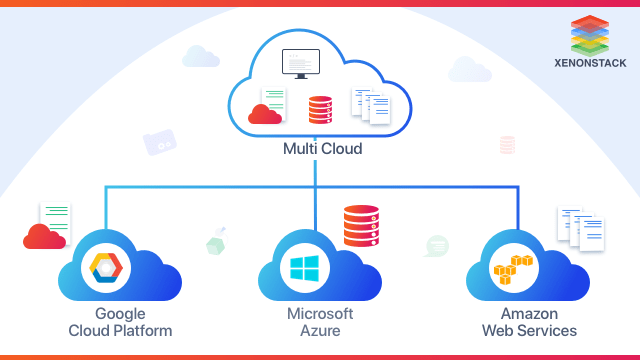
The modern digital landscape is increasingly driven by cloud computing, enabling organizations to innovate, scale, and deliver applications faster than ever before. At the forefront of this transformation are cloud-native applications, which leverage cloud infrastructure to maximize flexibility, efficiency, and resilience. Coupled with multi-cloud strategies, businesses can distribute workloads across multiple cloud providers, reducing risk, optimizing performance, and avoiding vendor lock-in.
Cloud-native applications are designed for agility, scalability, and continuous deployment. They use technologies such as microservices, containers, and orchestration platforms like Kubernetes to deliver resilient and highly available services. Meanwhile, multi-cloud strategies allow organizations to take advantage of the strengths of multiple cloud providers, ensuring business continuity, cost efficiency, and geographic redundancy.
This article explores the evolution, current innovations, future trends, challenges, and implications of cloud-native applications and multi-cloud strategies in today’s enterprise IT environment.
Understanding Cloud-Native Applications
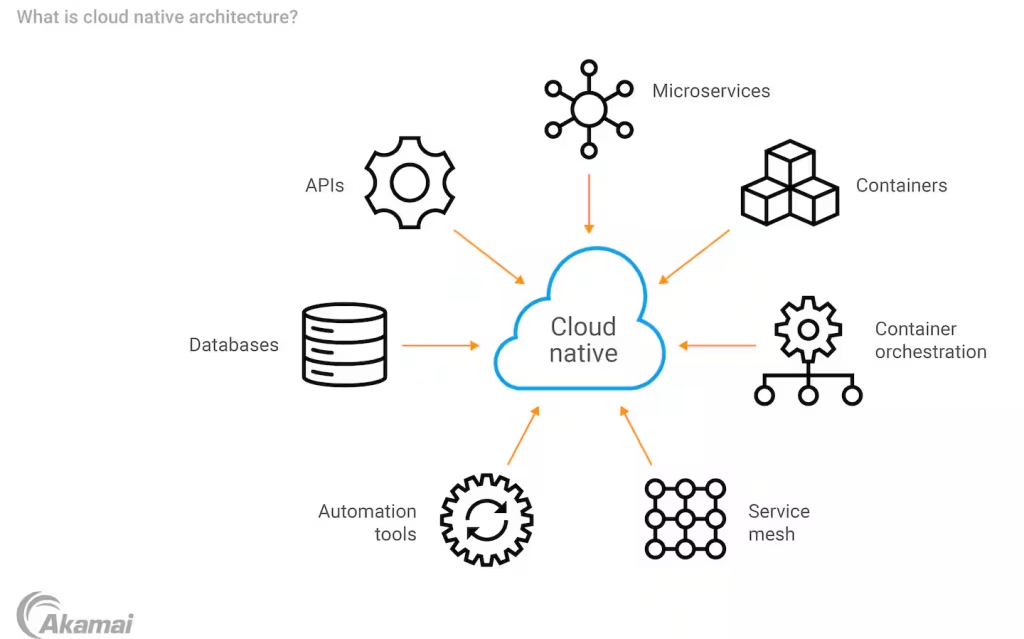
What Are Cloud-Native Applications?
Cloud-native applications are software solutions specifically designed to operate in a cloud environment. Unlike traditional applications, which are often deployed on on-premises infrastructure or virtual machines, cloud-native applications leverage cloud services, elasticity, and distributed architectures.
Key characteristics of cloud-native applications include:
- Microservices Architecture: Applications are broken into smaller, independent services that can be developed, deployed, and scaled independently.
- Containerization: Using technologies like Docker, applications are packaged with all dependencies, ensuring consistent deployment across environments.
- Orchestration: Tools like Kubernetes automate the management, scaling, and deployment of containerized applications.
- Continuous Integration/Continuous Deployment (CI/CD): Cloud-native applications are designed for frequent updates, automated testing, and rapid delivery.
- Resilience and Observability: Features like automated failover, logging, monitoring, and tracing ensure applications are robust and manageable.
Benefits of Cloud-Native Applications
- Scalability: Applications can automatically scale up or down based on demand, optimizing resource usage.
- Resilience: Distributed architectures ensure high availability and fault tolerance.
- Agility: Developers can iterate quickly, deploy updates frequently, and respond to market needs faster.
- Cost Efficiency: Cloud resources are used on-demand, reducing capital expenditure and optimizing operational costs.
The Evolution of Cloud-Native Applications
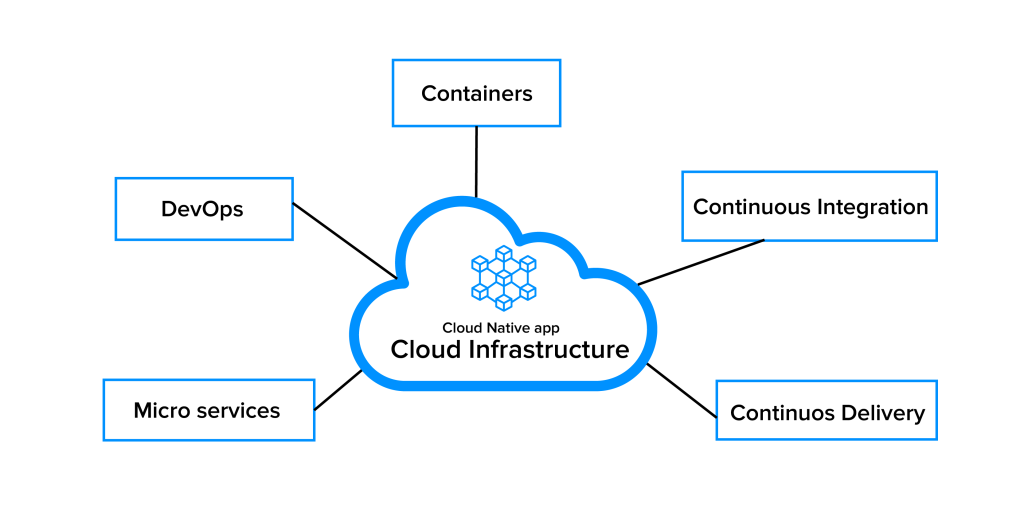
Early Cloud Computing
The journey toward cloud-native applications began with traditional cloud computing, where organizations migrated existing applications to cloud-hosted virtual machines. This “lift-and-shift” approach offered some benefits but did not fully exploit cloud capabilities.
Emergence of PaaS
Platform-as-a-Service (PaaS) solutions provided developers with pre-configured environments for application deployment, reducing infrastructure management overhead. However, PaaS platforms often imposed limitations on application design and scalability.
Rise of Containers and Microservices
The introduction of containerization and microservices architectures revolutionized application development. Containers encapsulate applications and their dependencies, enabling consistent deployment across environments. Microservices allow teams to build modular, independently deployable services, improving maintainability and scalability.
Kubernetes and Orchestration
Kubernetes emerged as the leading orchestration platform, automating deployment, scaling, and management of containerized applications. Kubernetes enables self-healing, load balancing, and service discovery, forming the backbone of modern cloud-native development.
Multi-Cloud Strategies
The growing adoption of multiple cloud providers led to the rise of multi-cloud strategies. Organizations deploy workloads across different providers (e.g., AWS, Azure, Google Cloud) to improve resilience, optimize costs, and leverage specific services from each platform. Multi-cloud approaches ensure business continuity and reduce dependency on a single vendor.
Key Innovations in Cloud-Native Applications
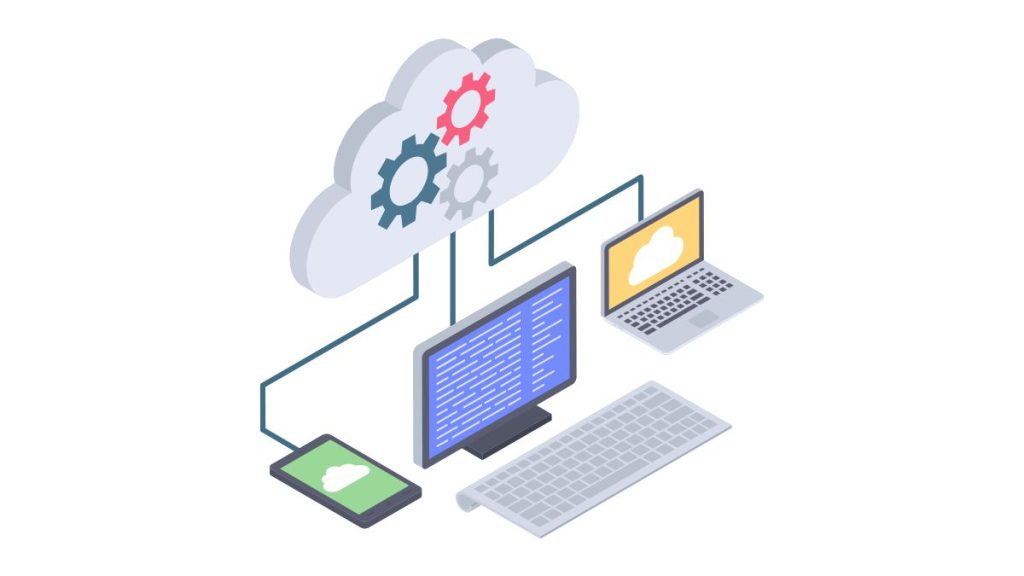
Serverless Computing
Serverless computing allows developers to run functions in response to events without managing servers. This innovation reduces operational complexity, scales automatically, and optimizes costs, making it an integral part of cloud-native architectures.
Service Meshes
Service meshes, such as Istio and Linkerd, provide advanced communication, security, and monitoring between microservices. They handle routing, load balancing, and observability, enhancing the reliability and performance of cloud-native applications.
CI/CD Pipelines and DevOps Integration
Cloud-native applications integrate seamlessly with CI/CD pipelines and DevOps practices. Automated testing, deployment, and monitoring ensure faster release cycles, consistent quality, and reduced risk of downtime.
Cloud-Native Databases
Databases designed for cloud-native environments, such as Amazon Aurora, Google Spanner, and CockroachDB, offer scalability, resilience, and distributed architecture. These databases complement cloud-native applications by providing highly available and performant data storage solutions.
Observability and Monitoring Tools
Tools like Prometheus, Grafana, and OpenTelemetry provide real-time insights into application performance, resource utilization, and user experience. Observability is essential for maintaining reliability and quickly resolving issues in dynamic, distributed cloud-native environments.
Multi-Cloud Strategies in Practice

Benefits of Multi-Cloud Strategies
- Risk Mitigation: Distributing workloads across multiple providers reduces dependency on a single vendor and protects against outages.
- Optimized Costs: Organizations can choose the most cost-effective provider for each workload or region.
- Flexibility and Innovation: Multi-cloud environments allow access to specialized services, AI tools, and geographic coverage across providers.
- Regulatory Compliance: Deploying workloads in multiple regions helps organizations meet data residency and compliance requirements.
Multi-Cloud Management Tools
Managing multi-cloud environments requires specialized tools to monitor, orchestrate, and optimize resources. Platforms like HashiCorp Terraform, VMware Tanzu, and Red Hat OpenShift provide automation, policy enforcement, and unified management across clouds.
Use Cases Across Industries
- Finance: Multi-cloud strategies ensure high availability for critical banking applications and compliance with regulatory requirements.
- Healthcare: Cloud-native applications and multi-cloud deployments enable secure patient data management and telemedicine platforms.
- Retail: Businesses leverage multi-cloud infrastructure to handle seasonal traffic spikes and deliver personalized customer experiences.
- Gaming: Cloud-native architectures support real-time multiplayer gaming, seamless updates, and global scalability.
Future Trends in Cloud-Native Applications and Multi-Cloud Strategies
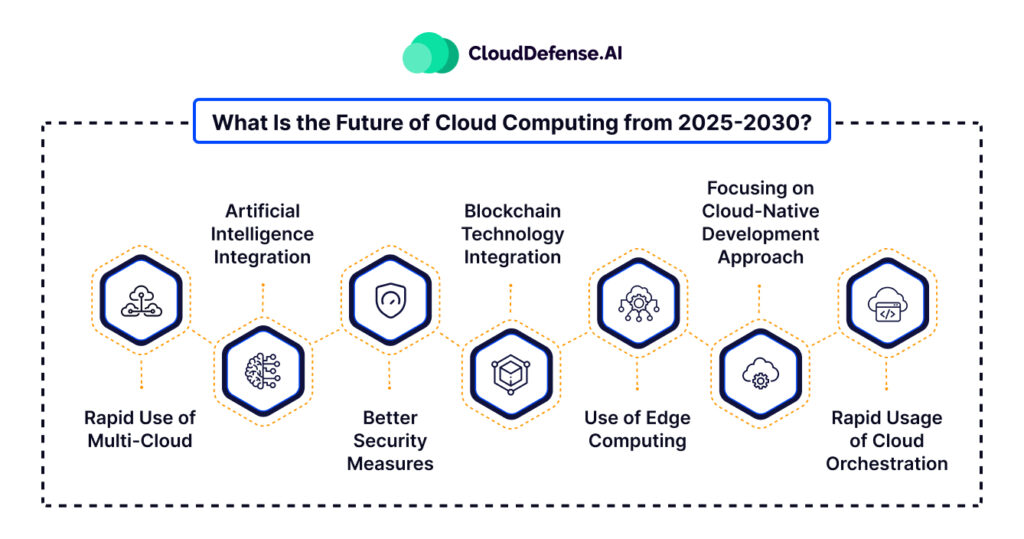
Edge Computing Integration
Future cloud-native applications will integrate with edge computing, processing data closer to users and devices. This reduces latency, enhances performance, and supports IoT, AR/VR, and real-time analytics use cases.
AI and Machine Learning Integration
AI-driven features will become increasingly embedded in cloud-native applications. Machine learning models deployed in multi-cloud environments can optimize performance, provide predictive insights, and enhance automation.
Increased Automation and Observability
Automation tools and observability solutions will continue to evolve, enabling self-healing applications, predictive maintenance, and real-time performance tuning across distributed cloud environments.
Container-Native Security
Security for cloud-native applications will focus on container-level protection, runtime threat detection, and automated compliance enforcement. Multi-cloud security strategies will ensure consistent policies across providers.
Standardization and Interoperability
As multi-cloud adoption grows, industry standards will emerge to ensure interoperability, seamless migration, and consistent management of cloud-native applications across different providers.
Challenges and Considerations
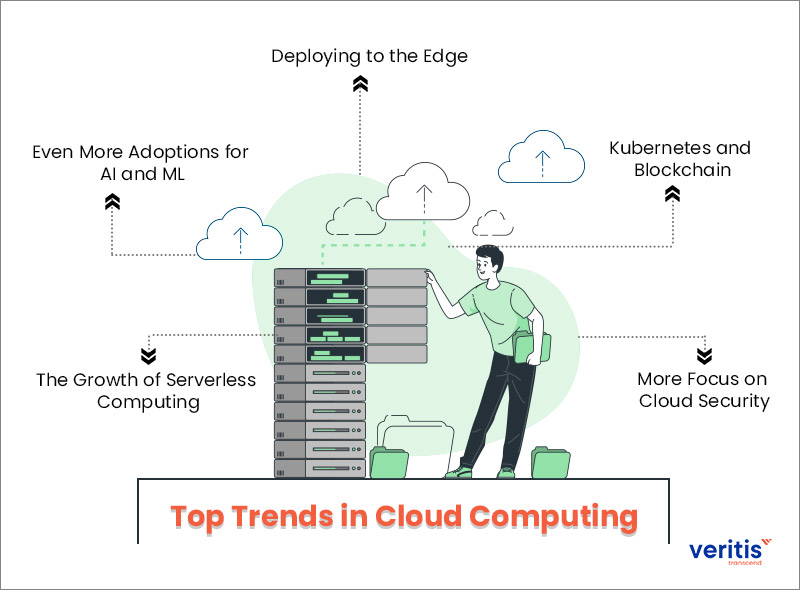
Complexity of Multi-Cloud Management
Managing multiple cloud providers introduces complexity in deployment, monitoring, billing, and security. Organizations must implement centralized management tools and best practices to maintain efficiency and control.
Cost Management
While multi-cloud strategies offer cost optimization opportunities, poor planning can lead to increased expenses. Organizations need to monitor usage, optimize resource allocation, and avoid unnecessary duplication.
Security and Compliance
Distributed environments increase the attack surface and complicate regulatory compliance. Organizations must implement robust security measures, encryption, and access controls across all clouds.
Skills and Talent Gap
Developing and managing cloud-native applications and multi-cloud environments requires specialized skills in containers, orchestration, cloud architecture, and DevOps. Training and talent acquisition are critical for success.
Vendor Lock-In
Despite multi-cloud strategies, there is a risk of partial vendor lock-in due to proprietary services and APIs. Organizations should prioritize portability and standardization to mitigate this risk.
Conclusion
Cloud-native applications and multi-cloud strategies are redefining modern software development and enterprise IT infrastructure. By leveraging microservices, containers, orchestration platforms, and cloud-native databases, organizations can deliver resilient, scalable, and agile applications.
Multi-cloud strategies complement this approach by enhancing flexibility, reducing risk, optimizing costs, and enabling access to specialized cloud services. Together, cloud-native architectures and multi-cloud strategies empower organizations to innovate rapidly, respond to changing market demands, and maintain competitive advantage.
As technology continues to evolve, the future of cloud-native applications will be characterized by AI integration, edge computing, advanced automation, and enhanced security. Organizations that embrace these trends will be well-positioned to leverage the full potential of cloud computing, delivering robust, scalable, and high-performance applications across the digital ecosystem.
